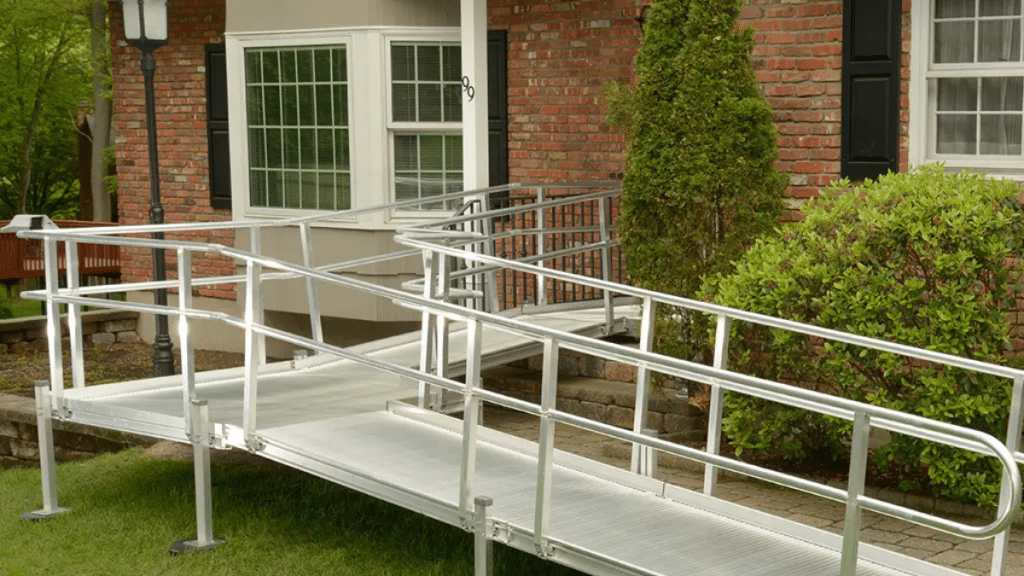For mobility-disabled and families, home accessibility is not a discretionary convenience feature—it’s the path to independence. For seniors, disabled, and chronically ill, freedom to enter and exit a home safely has come to define quality of daily living. With the uncertain climate and terrain of Utah, homeowners are discovering modular ramps as a resilient, adaptable choice.
The growing popularity of modular ramp utah products may lie in the union of structural reliability and flexibility. Perpetual concrete ramps with intrusive construction can never be equated with modular ramps, which are simple to set up and can be modified after that. This plays a major role in their advantage towards families with fluctuating accessibility or temporary mobility limitations.
Tailored Specifically for Utah’s Diverse Houses and Landscapes
From Salt Lake City suburbs to Provo hills or Utah’s snowy peaks of Park City, Utah homes are anything but ordinary. With ease, diversity is established by modular ramps. Made in a range of lengths, shapes, and slopes, they can be tailored to fit anything from short doorways to raised porches or multi-step thresholds.
What makes modular ramps worth it is the ease with which they can be assembled into a customized solution. Homeowners easily rearrange them into different configurations, reverse direction, or extend length where needed—all without compromising renovation or demolition. All of this versatility comes in useful on Utah homes which like to be placed on sloping or uneven terrain.
Built for the Extremes
Utah’s four-season climate places special stresses on whatever material is transported outside. Desert temperatures may dehydrate materials, and snowy winters require slip-resistant, water-repellent surfaces. Modular ramps are usually built with aircraft-grade aluminum, which is corrosion, rust, and heat-resistant.
Besides that, ramps may even be designed with grooved or perforated surfaces that allow for water and snow drainage, thereby preventing slipping under wet or icy weather. Edge guards, handrails, and platform landings may also be incorporated to address security requirements as well as individual comfort levels.
Accessible Solution Without Permanent Commitment
One advantage of the modular ramps is that very little structural alteration is required to fit them in. Excavation, concrete, and relocation of the original doorway are not required. All but the largest modules can be fitted in a day, so they are still accessible even for tenants, rehab patients short-term, or homeowners who don’t want permanent alterations fitted in the property.
Modular ramps’ portability is also among the top reasons why they are so popular. Whether it is due to a move, remodeling, or simply not having the need for the ramp anymore, a modular ramp can be disassembled and relocated somewhere else or saved for future needs. Being reversible at such a large scale makes modular systems significantly more accessible compared to fixed, permanent systems.
Practical Investment and Long-Term Value
Financially, modular ramps are a great investment. Although the initial price is higher than that of a temporary or do-it-yourself ramp, the greater longevity, safety factors, and modularity of a modular ramp usually make it the better bargain in the long run. For those families looking at assisted living situations, the addition of a ramp to their property can postpone or avoid the necessity of moving, keeping elderly citizens in their own homes for a few extra years. Half the cost can be paid for by others in the form of healthcare grants or by insurance companies as well, particularly where the ramp is medically required—a consideration which again makes it a worthwhile investment.
In Utah, where the native landscape and architectural houses together limit mobility, the modular ramp is the most convenient and flexible solution. Either temporary or permanent, either from the inventory or custom-fabricated, these ramps are evidence of a movement toward accessible, barrier-free living.
